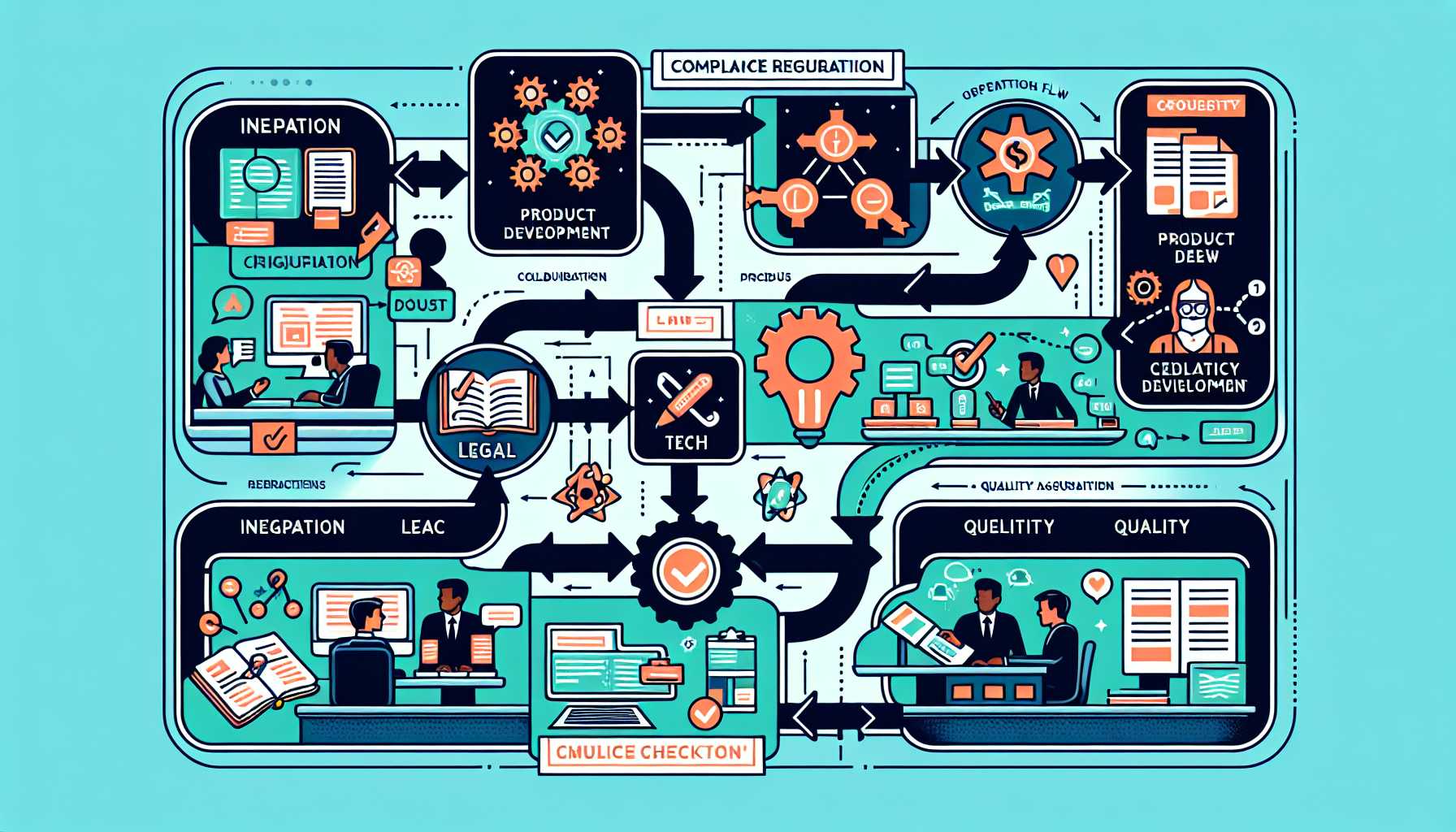Welcome back to my blog, where today, we will tackle a critical and often daunting aspect of product management: ensuring product compliance and meeting regulatory requirements. As product leaders in the tech industry, regulatory compliance is a perpetual affair that demands a diligent and strategic approach. With the global expansion of products and the ever-changing legal landscape, compliance is far from a checklist; it’s a vital part of our product strategy.
The Foundations of Compliance
Before diving into the best practices, let’s establish one thing: compliance should be integral to product development, not an afterthought. In my journey, I’ve seen how ingrained compliance processes can become a competitive advantage, rather than a stumbling block, by ensuring products are market-ready and trustworthy from the outset.
Understanding the Regulatory Environment
The first step in managing product compliance is understanding the regulatory environment. Whether it’s GDPR for data protection, HIPAA for health information, or FCC regulations for telecommunications, breaking down regulatory text into actionable items has been a foundational practice for my teams.
Embedding Compliance in the Product Lifecycle
Once we’re clear on the regulations, making compliance a part of the product lifecycle is the next crucial step. I learned early on that involving legal and regulatory experts from the ideation stage led to compliant-by-design products, avoiding costly reworks down the line.
Best Practices for Ensuring Compliance
Through my years in product leadership, I have adopted and adapted a set of best practices that have consistently ensured our products meet the required standards.
Establish a Cross-Functional Compliance Team
Creating a dedicated compliance team, or at least a cross-functional group with compliance responsibilities, has been indispensable. This team should work closely with product managers, engineers, legal advisors, and quality assurance professionals to embed compliance throughout the development process.
Develop a Compliance Roadmap
A clear compliance roadmap, complete with timelines, responsibilities, and checkpoints, keeps everyone on track. My past experience showed that well-defined roadmaps helped in managing the plethora of activities required to maintain compliance, especially in highly regulated industries, such as fintech or healthcare.
Compliance Training and Awareness
It’s crucial that every team member understands the importance of compliance and is knowledgeable about the basic requirements. In one of the health tech companies I led, regular training sessions made a huge difference in proactive compliance and reducing unintentional breaches.
Integrating Compliance Tools and Technology
Tech tools like automated compliance checkers, document management systems, and AI for pattern recognition have been game-changers. These tools help maintain visibility over the compliance status and manage documentation efficiently – something that saved one of my previous projects from missing critical requirements.
Conducting Regular Audits and Risk Assessments
Conducting internal and external audits, along with continuous risk assessments, forms the backbone of compliance monitoring. During my tenure at a software company, the regular audits not only ensured ongoing compliance but also highlighted potential areas for improvement before they could become major issues.
Conclusion
Managing product compliance is without a doubt complex and demanding. Yet, with a structured approach, informed by industry best practices and infused with personal experience, it can become a differentiating strength. Building compliance into the DNA of your product management practice is not merely about averting risks – it’s about asserting quality, trustworthiness, and a commitment to excellence in every aspect of your product.
The journey to compliance mastery is ongoing and iterative, much like the products we shepherd from conception to market. It demands vigilance, dedication, and a strategy that crosses departments and disciplines. But, as I’ve shared through my experiences, it is both achievable and deeply rewarding.

